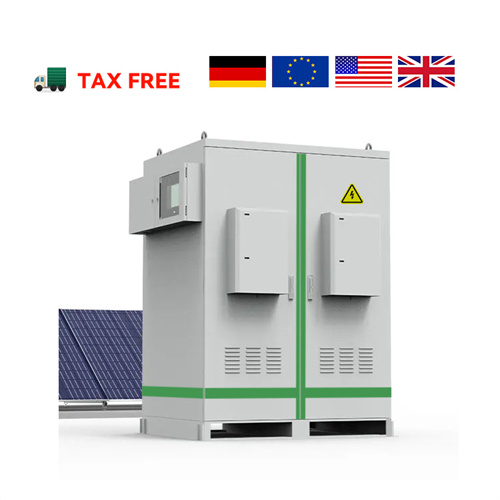About Solar photovoltaic cell amplifier radiant energy
Fabrication of the active components has been previously reported in the literature: absorber35, emitter10, optical filter32, cell12. Specifically, to prepare the absorber–emitter, the procedure described i.
We developed a systematic procedure for repeatable alignment and gap control between the emitter and optical filter, and between the absorber and the aperture/shi.
The spectral properties of the following components have been previously reported in the literature:.
We performed current–voltage (I–V) sweeps using a source meter (2440, Keithley Instruments) when the PV reached quasi-steady state at the particular operating p.
The temperature of the cell in the experiments was monitored by a thermocouple (Type J, Omega Engineering) sandwiched between the PV cell and a c.
As the photovoltaic (PV) industry continues to evolve, advancements in Solar photovoltaic cell amplifier radiant energy have become critical to optimizing the utilization of renewable energy sources. From innovative battery technologies to intelligent energy management systems, these solutions are transforming the way we store and distribute solar-generated electricity.
When you're looking for the latest and most efficient Solar photovoltaic cell amplifier radiant energy for your PV project, our website offers a comprehensive selection of cutting-edge products designed to meet your specific requirements. Whether you're a renewable energy developer, utility company, or commercial enterprise looking to reduce your carbon footprint, we have the solutions to help you harness the full potential of solar energy.
By interacting with our online customer service, you'll gain a deep understanding of the various Solar photovoltaic cell amplifier radiant energy featured in our extensive catalog, such as high-efficiency storage batteries and intelligent energy management systems, and how they work together to provide a stable and reliable power supply for your PV projects.
Related Contents
- Photovoltaic solar cell for sale
- Difference between solar heating panel and photovoltaic cell
- Which energy transfer occurs in photovoltaic solar panels
- Solar energy conversion process in photovoltaic cells
- Difference between photovoltaic cell and solar heating panel
- Photovoltaic solar energy generation ebook
- Renewable energy solar cell
- Photovoltaic solar farm energy generation
- Photovoltaic cell solar cells advantages and disadvantages
- Difference between photovoltaic cell and solar cell
- Energy band diagram of solar cell
- Photovoltaic cell and solar thermal cells


